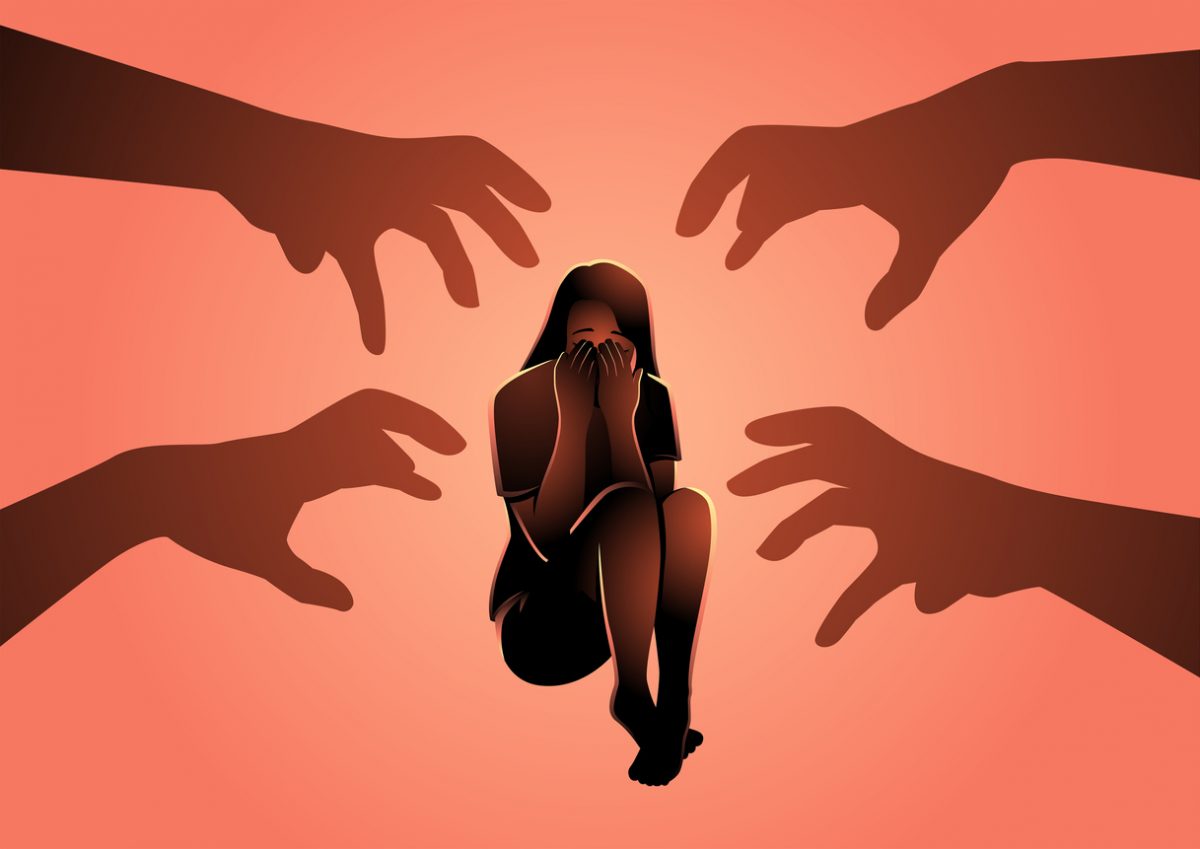Objective: The objective of this study was to examine the relative cost-efficacy of empirically supported treatments for panic disorder. As psychosocial, pharmacologic, and combined treatments have all demonstrated efficacy in the treatment of panic disorder, cost-efficacy analysis provides an additional source of information to guide clinical decision making.
Method: Cost-efficacy was examined based on results from the Multicenter Comparative Treatment Study of Panic Disorder, a randomized controlled trial of treatment for panic disorder (DSM-III-R). The trial was conducted from May 1991 to April 1998. Cost-efficacy ratios representing the cost per 1-unit improvement in Panic Disorder Severity Scale mean item score were calculated for 3 monotherapies (cognitive-behavioral therapy [CBT], imipramine, and paroxetine) and 2 combination treatments (CBT-imipramine and CBT-paroxetine) at the end of acute, maintenance, and follow-up phases.
Results: Results demonstrated consistently greater cost-efficacy for individual over combined treatments, with imipramine representing the most cost-efficacious treatment option at the completion of the acute phase (cost-efficacy ratio = $972) and CBT representing the most cost-efficacious option at the end of maintenance treatment (cost efficacy ratio = $1449) and 6 months after treatment termination (cost-efficacy ratio = $1227).
Conclusion: In the context of similar efficacy for combined treatments, but poorer cost-efficacy, current monotherapies should be considered the first-line treatment of choice for panic disorder. Additionally, CBT emerged as the most durable and cost-effective monotherapy and, hence, should be considered as a particularly valuable treatment from the perspective of cost accountability.
Author Affiliations

Enjoy free PDF downloads as part of your membership!
Save
Cite

